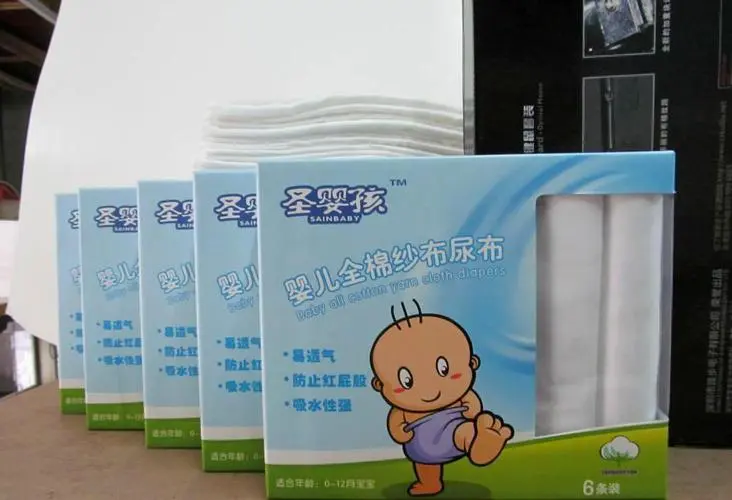There are many standards for analyzing whether diaper pails is good or bad, which can be judged from the appearance, comfort, antibacterial, permeability and so on. But for parents, why buy diaper pails? It is to keep the baby dry and comfortable by peeing his pants. Therefore, it involves one of the most basic functions. This is also the basic function of its invention - liquid absorption ability. However, the liquid absorption mechanism of different structures is different. As a structure in direct contact with the skin, its importance goes without saying. We should not only understand its antibacterial property, but also understand its liquid absorption mechanism, so as to better understand the whole product.
The surface layer is the material that diaper pails directly contacts the baby's skin. It should improve the ability of the instantaneous suction of the liquid to reduce the contact between the liquid and the baby's skin as much as possible. However, in the actual use process, the effect of the instantaneous suction and downward effect of the liquid is not very ideal. Only a part of the diaper pails can be used. There is a lighter diversion drop effect. Analyzing the permeation principle of the surface layer from the molecular point of view, it can be considered that there are three main forms: direct absorption of water molecules by fibers, capillaries between fibers and water forcing water molecules through the fabric gap.

Penetration time is also an important quality and effect of diaper pails during use. The penetration time of the non-woven material also has a clear relationship with the material and structural design of the diaper pails itself. The diaper pails surface layers currently on the market mainly include single-layer structure and multi-layer composite structure. The materials used are basically non-woven materials such as hot air, hot rolling, and spunbond.
The amount of rewet is also an important criterion to measure the performance of the surface layer. The surface density of the hot-rolled nonwoven is increased by compaction, and the rolling point is concave on the front side of the surface and convex on the side in contact with the flow-guiding layer and the absorbent core layer. During the permeation process, the liquid penetrates into the lower core layer through the surface layer and the diversion layer, and will reverse osmosis due to the baby's own weight and movement. In addition, the fiber inside of the hot-rolled non-woven material is larger, which can effectively hinder the flow and change of the liquid, reduce the occurrence of reverse osmosis, or prolong the occurrence time of reverse osmosis.
At the same surface density, the thickness of hot air nonwovens is about 4 times that of nonwovens such as hot rolling, textile adhesive and melt spray. Good spatial structure increases the gap between fibers, and a certain thickness complicates the liquid recovery channel, and can also act as a barrier to prevent liquid seepage, thereby reducing liquid return seepage.
Although some people think that the job of the surface layer is to prevent bacteria from breeding, they often ignore its liquid absorption function. Antibacterial ability is important. After all, for infants with weak immunity, their resistance to bacteria is poor, so strengthening their protection ability is essential, but at the same time, we should also pay attention to their liquid absorption ability. Only by improving their liquid absorption ability can we prevent the urine carrying bacteria from contacting the skin.
Comment(0)
You can comment after
SIGN IN